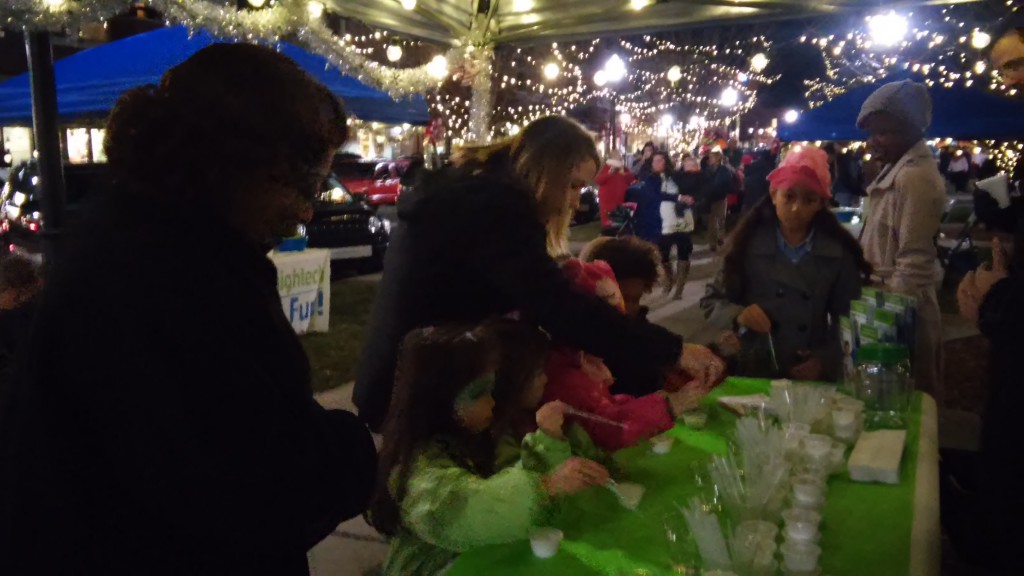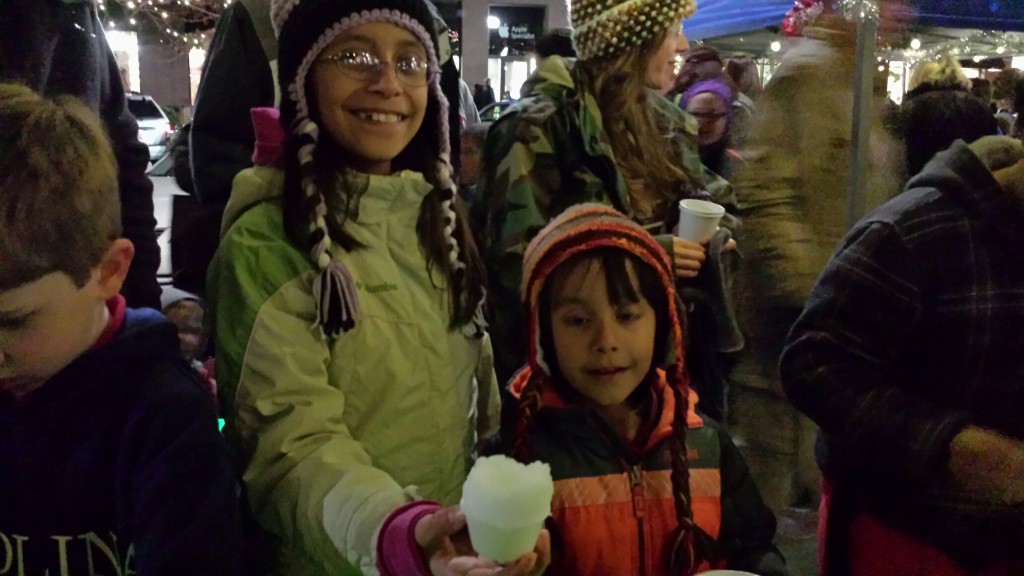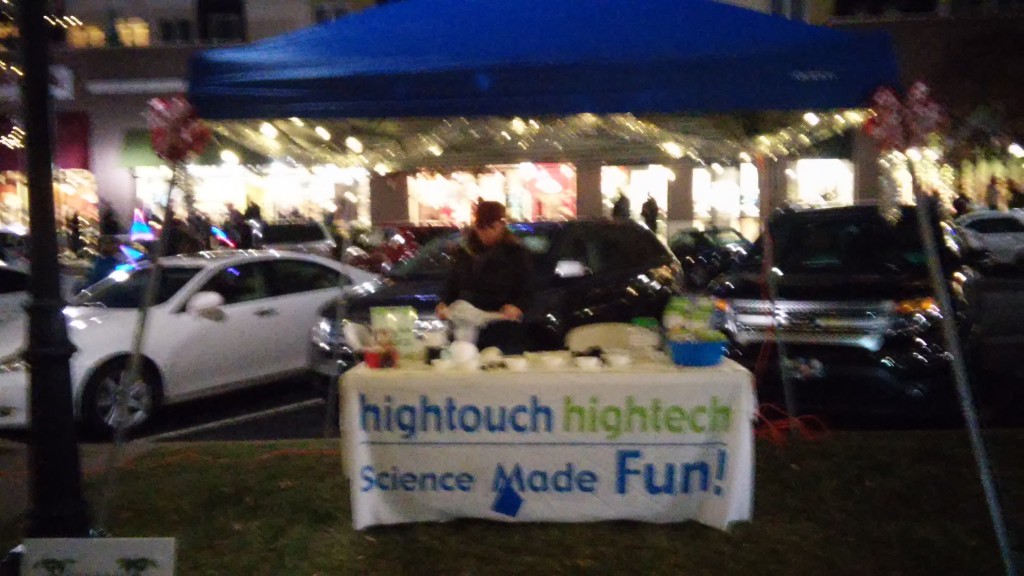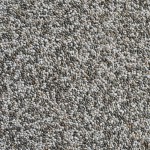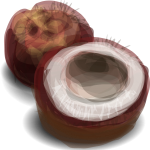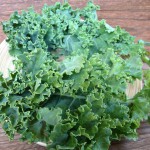It’s that dreaded flu season again! Most of us unfortunately know what the flu feels like, but have you ever wondered what it looks like? When we picture the Flu virus or any germ for that matter, we imagine one of those creatures from the Mucinex commercial on television. Green, slimy and gross! Or maybe you picture some kind of cuddly creature with googly-eyes? No matter what it is you think germs look like, they all look and act completely different!
Germs are tiny organisms, or living things, that can cause disease. Germs are so small and sneaky that they creep into our bodies without being noticed. In fact, germs are so tiny that you need to use a microscope to see them. When they get in our bodies, we don’t know what hit us until we have symptoms that say we’ve been attacked!
There are four types of germs that can be spread. These include bacteria, viruses, fungi, and protozoa. Let’s look at what the four different types of germs are and what they actually look like after being magnified under an electron microscope!
Bacteria [BACK-teer-ee-uh] are single celled organisms that can live inside or outside of the body that cause infections like sore throats, ear infections, or pneumonia. Usually most bacterial infections can be treated with an antibiotic medication prescribed by your doctor.
Viruses [VY-rus-iz] rely upon animals, humans or its host in order to grow and reproduce. When viruses get inside peoples’ bodies they can spread quickly and can make them sick. Viruses cause diseases like chicken pox, measles, and the flu. They are not treatable by antibiotics, however, there are antivirals that are effective against a few viruses like influenza or “the flu”. Check out this NPR video and see how a flu virus attacks the body! http://youtu.be/Rpj0emEGShQ
Fungi [FUN-guy] are plant-like organisms that get their nutrients from other plants, animals or humans. An example of a common fungus that ails humans is athlete’s foot or ringworm. Common fungal ailments are usually treated with a topical anti-fungal ointment or anti-fungal drugs.
Protozoa [pro-toh-ZOH-uh] or amoebas are one-celled organisms that spread through water or moisture. Protozoa can cause intestinal issues like diarrhea, nausea, or stomach pain. Protozoa can also be found in the foods you eat, water you drink or through insects. Protozoan parasites can also cause major health conditions like malaria. Developing countries mostly suffer from these germs because of the lack of adequate public health systems to apply insect control methods. Some anti-parasitic can be issued to individuals but they can be very harmful and somewhat ineffective.
You’ve most likely had your mother tell you to go “wash your hands” before sitting down for dinner. Why do you think she would have you do this? Perhaps to get off all the germs that could be lingering on your hands, so they don’t get in your mouth while you eat! At any given time, one square inch of your hand can have 1,500 bacteria present!!
Over the past couple of decades, we have changed our ways about how we deal with the spreading of germs. Our germ prevention ways have evolved tremendously! The introduction of hand sanitizers into society has become extremely successful. With society becoming more hygiene and germ-free aware, hand sanitizers aimed to replace the traditional washing with soap and water. What do you think are some other ways we can sanitize our hands and objects we touch?
When you are out at the grocery store, for example, you can usually find a sanitizer wipe in order to wipe down the grocery cart. Or say you are at the gym and you’ve finished using the treadmill, it’s normal and encouraged to wipe down the equipment with a gym provided sanitizing wipe! Most public bathrooms sport motion activated flushing toilets, soap dispensers, sinks and even paper towel dispensers! All these motion activated devices are supposed to cut down the amount of germs being spread from individual to individual in public places.
Something as natural and as seemingly harmless as shaking someone’s hand could help spread germs like a cold or the flu. It recently came to our attention that people are now instead of shaking each other’s hands, they are giving one another “fist bumps”. Researchers from Aberystwyth University-Ceredigion in the United Kingdom have studied this transmission of germs from shaking hands versus fist bumps and determined that shaking hands transferred 10 times more germs than a short fist bump! So after careful studies it is determined that the fist bump or elbow bump is a simple and more hygienic alternative to the hand shake.
Germs are extremely contagious and it is important to protect yourself during these months when people are more prone to getting colds, the flu and other ailments. Here is a list of when you should wash your hands in order to stop the spreading of harmful germs:
- Before, during, and after preparing food
- Before eating food
- Before and after caring for someone who is sick
- Before and after treating a cut or wound
- After using the toilet
- After changing diapers or cleaning up a child who has used the toilet
- After blowing your nose, coughing, or sneezing
- After touching an animal, animal feed, or animal waste
- After touching garbage
As flu and cold season rolls on we must keep a conscious effort to cover our mouths when we cough or sneeze, wash/sanitize our hands frequently, and protect ourselves from any harmful germs that might be going around!
Resources:
American Journal of Infection Control- “The Fist Bump: A more hygienic alternative to the handshake” by Sara Mela BSc, David Whitworth PhD
http://en.wikipedia.org/wiki/Bacteria
http://en.wikipedia.org/wiki/Virus
http://en.wikipedia.org/wiki/Protozoa
http://kidshealth.org/kid/talk/qa/germs.html
http://www.cdc.gov/features/handwashing/
Images:
http://www.health.state.mn.us/handhygiene/why/handsbacteria.html
Bacteria– http://onpoint.wbur.org/2012/06/20/bacteria-2
Flu Virus: http://www.nti.org/gsn/article/scientists-agree-unprecedented-withholding-flu-virus-research/
Fungi: http://galleryhip.com/microscopic-fungi-images.html
Protozoa: http://treepreservationaustralia.com.au/soil-health/





